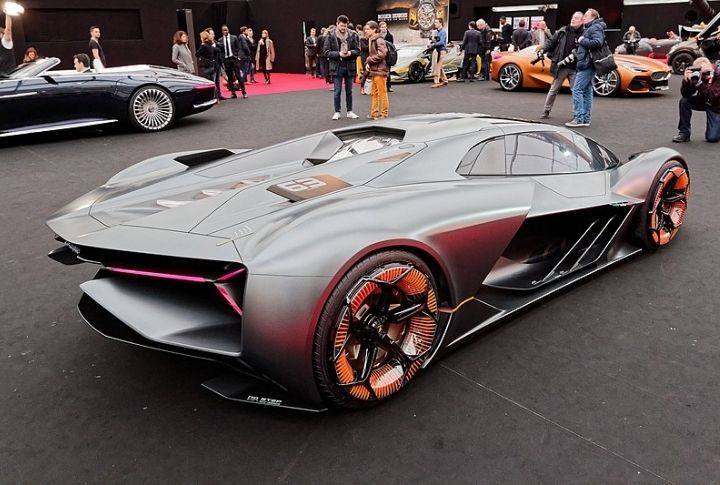
Close your eyes and envision a car that defies definition, with a shape sculpted from pure possibility, where wheels morph, and interiors transform at the touch of a button. Concept cars are windows into a world where science fiction brushes shoulders with sleek design. While not meant to hit the road, they showcase new horizons in automotive design and performance features that car lovers have never experienced.
BMW Nazca M12
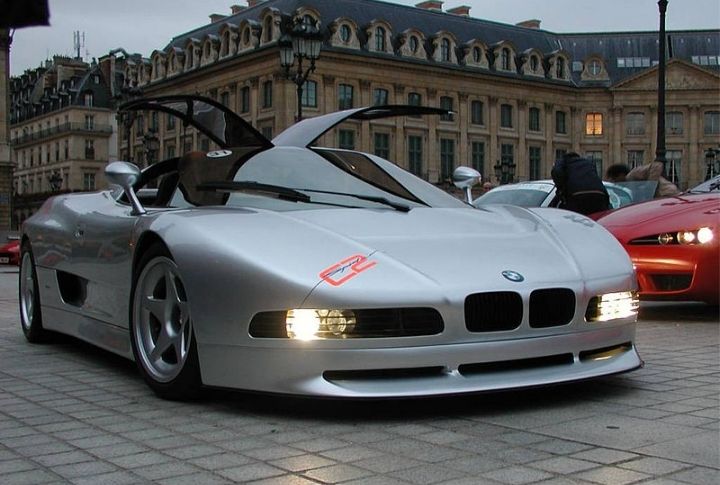
Introduced in 1991, the BMW Nazca M12 was a futuristic interpretation of the classic roadster. With its radical, teardrop-shaped body and gullwing doors, it looked like something out of a sci-fi movie with a lightweight construction and a mid-mounted V12 engine. It influenced future BMW designs, particularly the headlights of the Z1.
Buick Y-Job
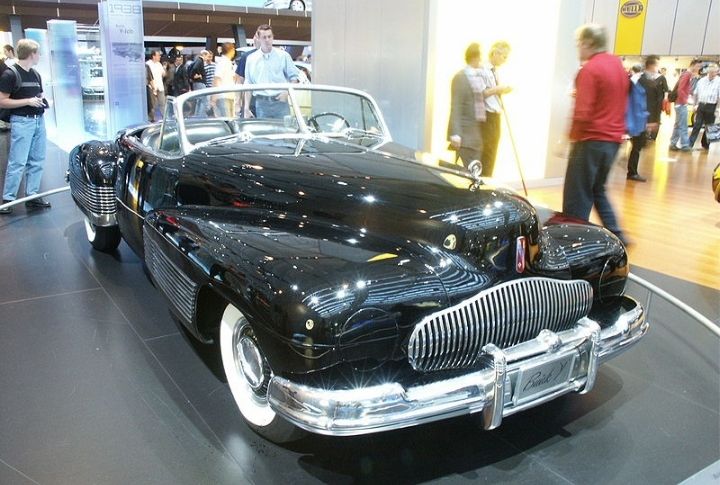
The Y-Job was introduced in 1938 as the first auto-industry concept car, with groundbreaking features like hidden headlights and a curved windshield. However, these innovations likely translated to complex and expensive maintenance procedures, as replacement parts would likely be scarce or custom-made, preventing the car from becoming mass-produced.
Edison Future EF-T1
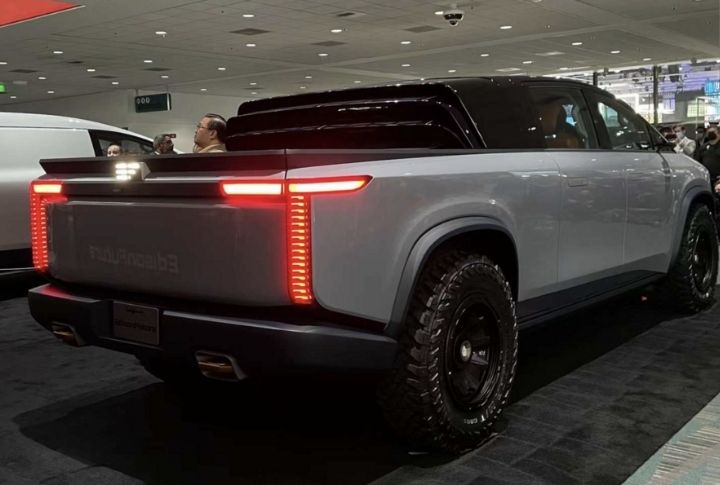
This is one of the latest concept vehicles to hit the market. It’s built to accommodate six people and is suitable for environmentally conscious drivers as it’s the first solar-powered truck. It features ultra-modern concepts like the retractable solar panel roof, dual-purpose side view mirrors that serve as cameras, and a step to facilitate entry and exit.
Audi Le Mans Concept
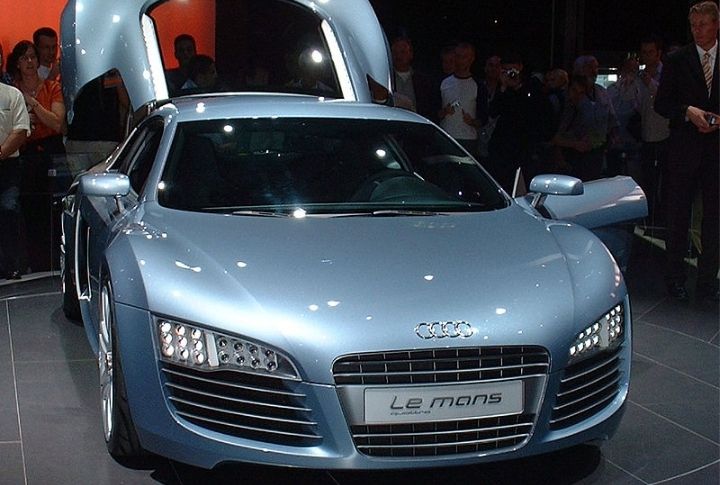
Blurring the lines between road and race track, this car was inspired by Audi’s dominance in the Le Mans endurance race. It featured a wedge shape, a powerful V10 engine, and all-wheel drive. Designed to appeal to racing enthusiasts and those who desired a sporty driving experience, the Le Mans Concept generated a lot of buzz.
Genesis Classic Modernism

With a prominent grill and a cylinder-curving form, this car blends classic looks with modern technology. It’s a luxurious sedan with a strong hybrid engine that provides efficiency and speed, while the comfortable and spacious interior guarantees a fantastic ride.
DeLorean Omega
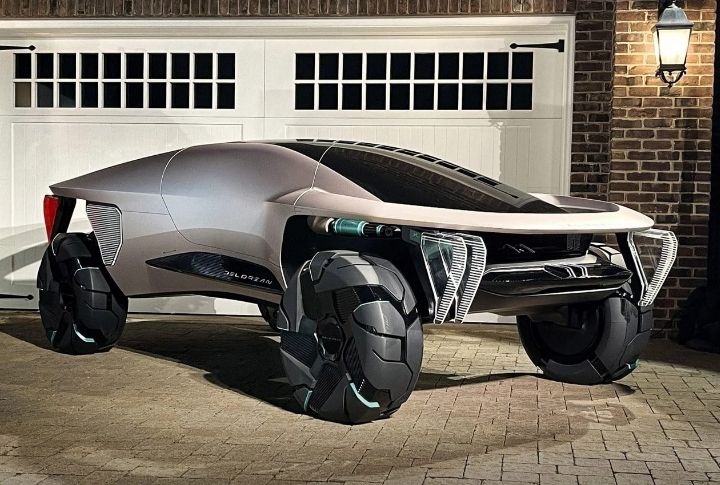
There are no plans to put the Delorean Omega into production, as it’s an innovative car that will take 20 years or more before it can be considered for production. It’s a 2-seater, 4-wheel-drive electric car with an angular steel composite body and no side windows for improved aerodynamics. It pays homage to the DeLorean DMC-12 with its signature gullwing doors.
Chrysler Atlantic
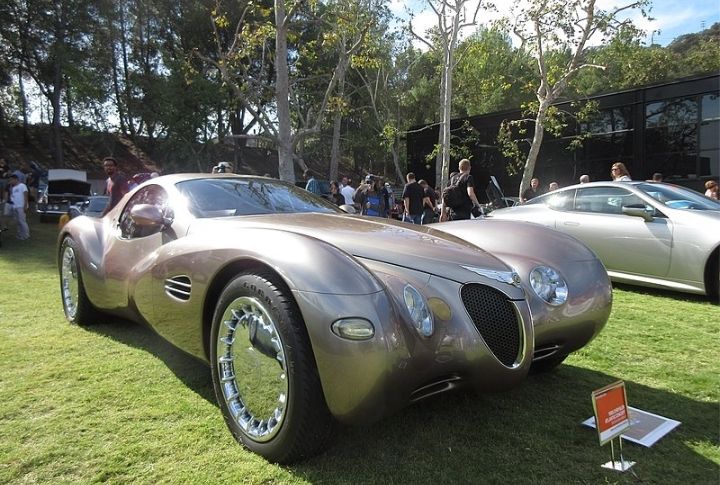
The Bugatti Atlantique inspired designer Bob Hubbach, who drew this car design on a napkin. It was introduced for the first time at the Detroit Auto Show, immediately reminding the audience of 1930 automotive designs. It featured some retro details, like the straight 8-engine and the Art Deco interiors.
BMW i Vision Circular
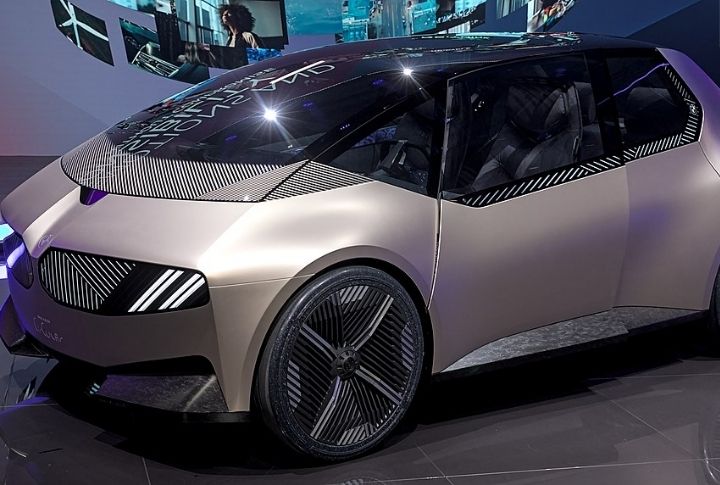
In 2021, BMW introduced this concept car to the public, showing how it prioritizes sustainability over traditional car ownership. It features an AI information screen, and the whole car is made using recycled materials and potentially bio-based recyclable components. While this suits environmentally conscious car owners, it poses unique challenges regarding repairs and replacements.
Cadillac Sixteen
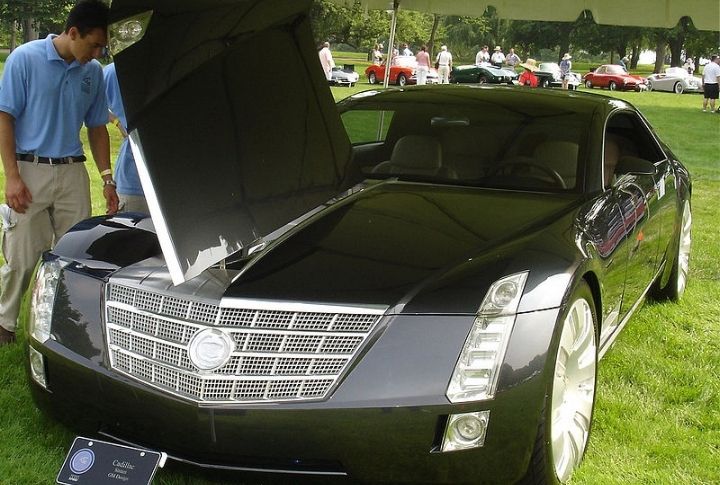
Paying homage to Caddilac’s salon cars, the Sixteen features a monstrous 16-cylinder engine delivering 1000 hp under its hood. The designers borrowed some elements from the Eldorado and used the 1930s Cadillac V-16 for inspiration. Some of the design features were incorporated into the 2008 Cadillac CTS.
Ford Nucleon
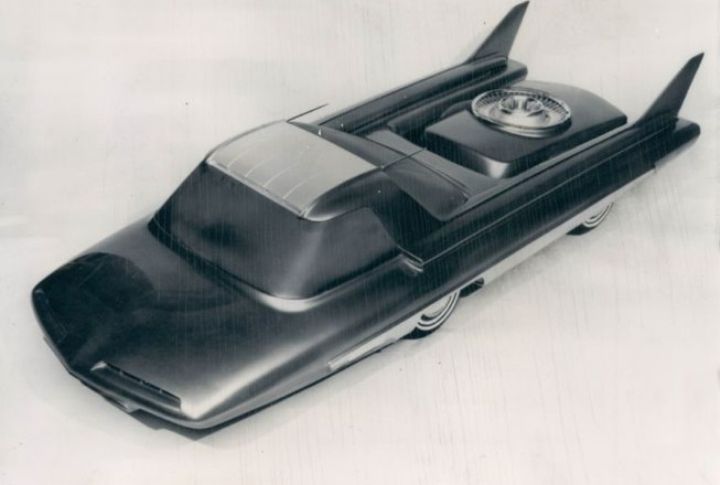
Ford designed its first nuclear-powered vehicle in 1957 to represent the world’s fascination with nuclear power. It didn’t have an internal combustion engine but would be powered by a rear nuclear reactor. While never needing to refuel is appealing, maintaining a nuclear-powered vehicle involves potential hazards, regulations, and specialized expertise that would make this car very expensive to run.
Lancia Stratos Zero
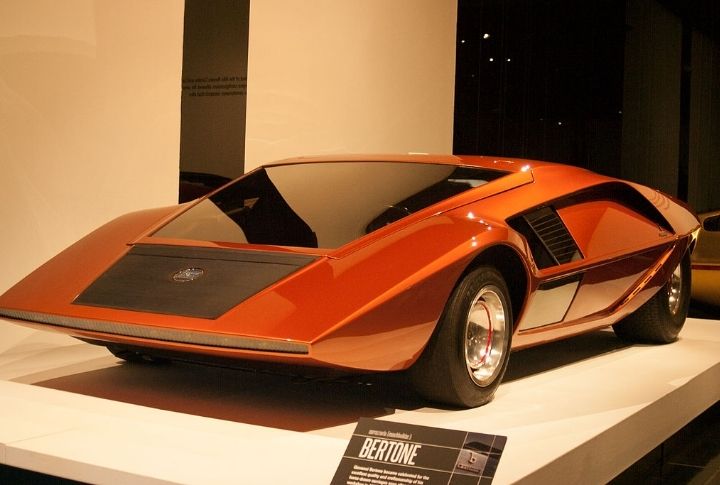
Known for its incredibly low profile, the 1970 Lancia Stratos Zero was a wedge-shaped grand tourer concept sports car that sat only 33 inches above the ground. It was made using the chassis of a crashed Lancia Fulvia HF1600, featuring an angular design with fiberglass parts that weren’t easy to deal with.
Ferrari Modulo
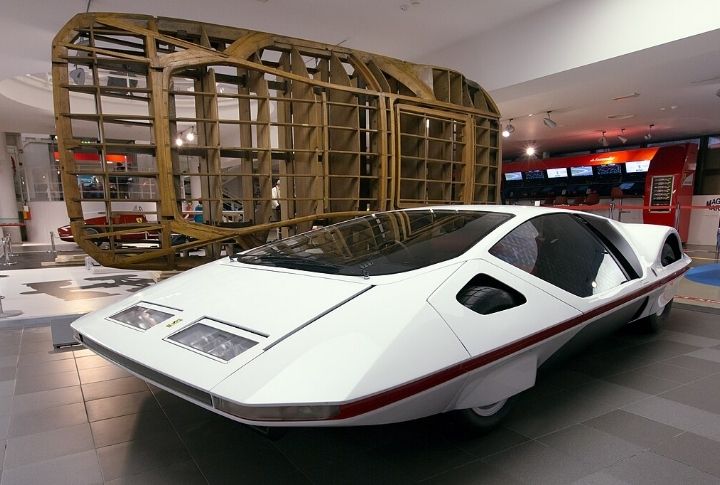
The 1970 Modulo is a two-seater bubble canopy on wheels built using the Ferrari 512S chassis and engine. The complex canopy design slid to allow entry to the car, which could accelerate to 60 mph in 3 seconds. However, lacking traditional features would make servicing the engine or checking tire pressure a logistical maze.
Briggs & Stratton Hybrid

Inspired by the Arab Oil Embargo and the world’s shift to more fuel-efficient cars, this vehicle featured a Vanguard V-twin air-cooled engine connected to an electric motor powered by lead-acid batteries. When it debuted at the Geneva Motor Show, it was black but later painted white.
Aerovette XP-882
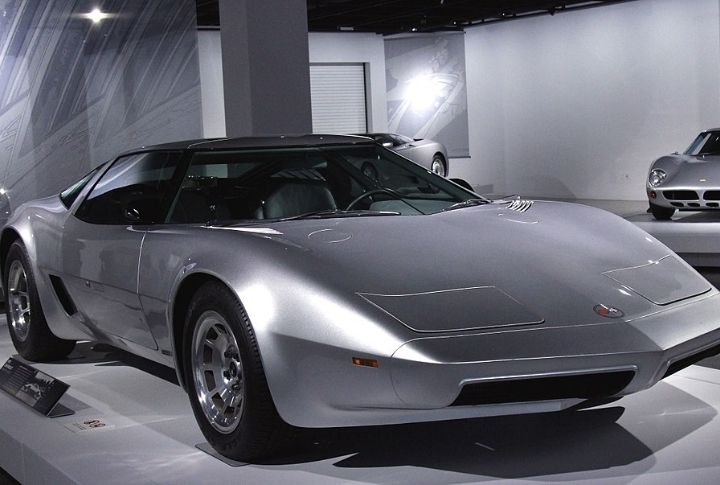
General Motors’ answer to the mid-engine Corvette was the beautiful Aerovette XP-882. It featured double-folding gullwing doors, an aluminum body with a powerful engine, and an elegant design. The company later thought a front/mid-engine car would perform better and canceled this project.
Lamborghini Terzo Millennio

This futuristic electric concept car resulted from the collaboration between Lamborghini and MIT in a project that several professors and students worked on. Revealed in 2017, it featured advanced design elements like nanotechnology and supercapacitors instead of batteries. The whole body is made of carbon fiber panels, and passengers can get inside using the sliding canopy.
